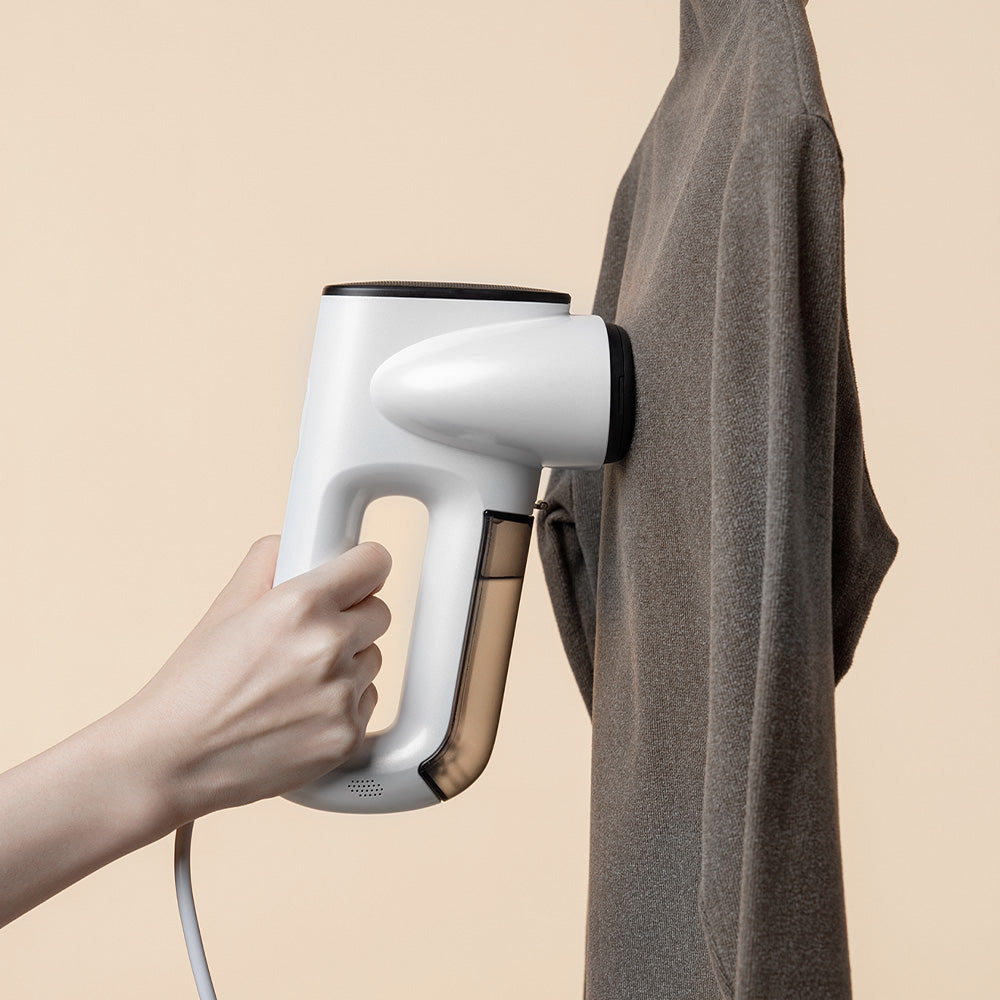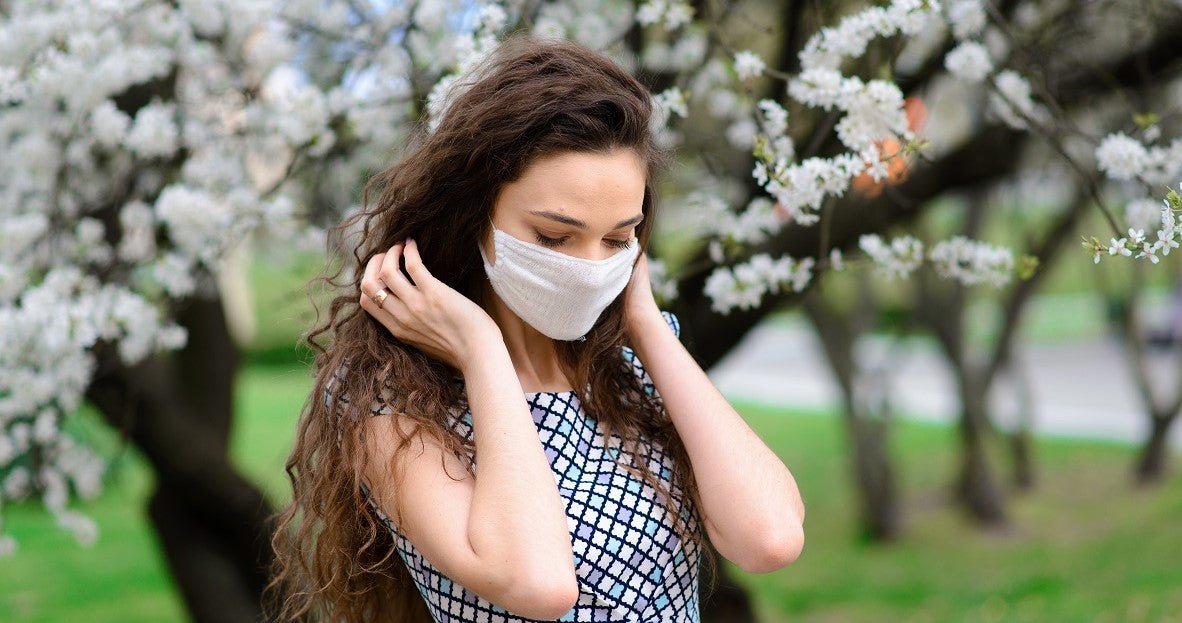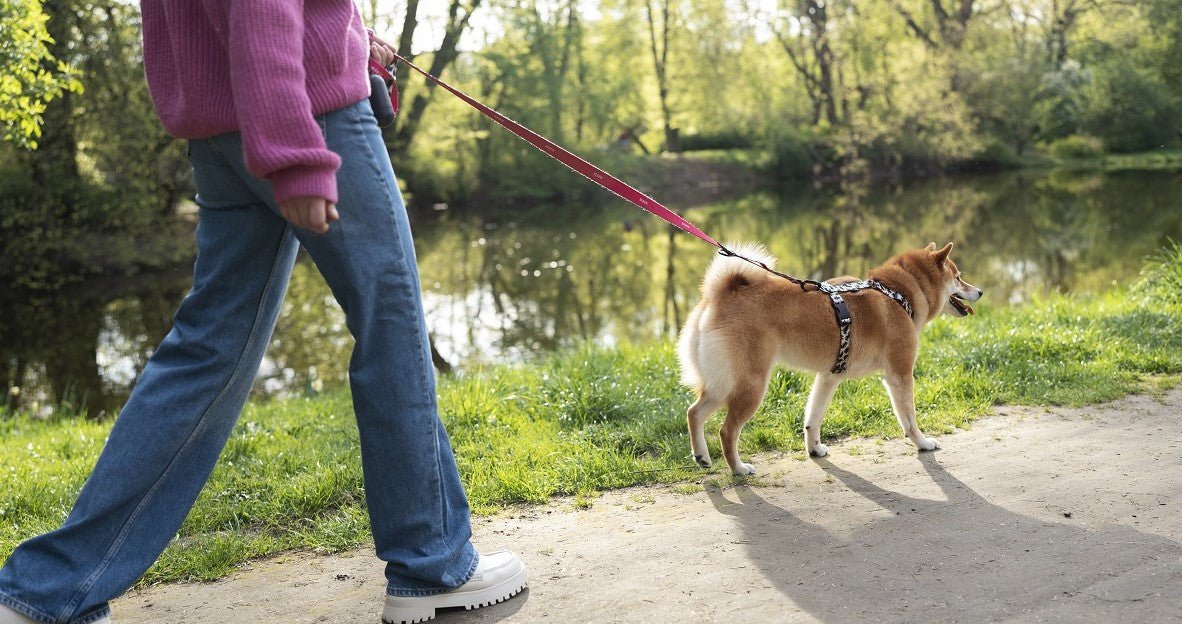Spring is often referred to as spring allergy season because it is the time of year when many people experience seasonal allergies. As mentioned earlier, spring is a time when many plants begin to bloom, and trees, grasses, and weeds release a large amount of pollen into the air. This can cause allergic reactions in susceptible individuals who inhale the pollen. It's easy to get allergies in March.
In addition to pollen, spring can also be a time when mold spores are more prevalent due to the moist environment created by spring rains. Mold spores can also trigger allergic reactions in some people.
What are the spring allergies symptoms?

The symptoms of spring allergies can vary from person to person and depend on the severity of the allergy. Some common spring allergies symptoms include:
Sneezing
Runny or stuffy nose
Itchy or watery eyes
Congestion
Postnasal drip
Sore throat
Coughing
Fatigue
In some cases, spring allergies can also cause skin rashes, hives, and eczema.
It is important to note that while these symptoms can be uncomfortable, they are not usually life-threatening. However, severe spring allergic reactions, called anaphylaxis, can occur in some people and require immediate medical attention.
Symptoms of anaphylaxis include difficulty breathing, swelling of the face or throat, rapid heartbeat, and dizziness.If you experience severe allergy symptoms or have a history of anaphylaxis, it is important to seek medical attention right away.
How to avoid spring allergies?

While it's difficult to completely avoid spring allergies, there are several steps you can take to reduce your exposure to allergens and minimize your symptoms. Here are some tips:
Stay indoors during high pollen times: Pollen levels are often highest in the early morning and evening, so try to stay indoors during these times.
Keep windows and doors closed: Keeping windows and doors closed can help reduce the amount of pollen that enters your home. This will ease your spring allergies symptoms, but open the windows after the rain if it's too stuffy for you. Rain helps remove pollen from the air.

Use air conditioning: Using an air conditioner can help filter out pollen and other allergens from the air.
Cleaning: Clean with a vacuum cleaner. Clean as deep as possible to remove dust and hair from the floor and blankets to reduce allergens.
Change your clothes and shower: After spending time outdoors, change your clothes and shower to remove pollen from your skin and hair.
Wear a mask: Wearing a mask can help filter out pollen and other allergens from the air you breathe. Especially when you go to the park, wearing a mask can keep you from spring allergies as much as possible.
Use over-the-counter allergy medications: Over-the-counter allergy medications like antihistamines and nasal sprays can help reduce spring allergy symptoms.

If your spring allergy symptoms are severe or interfering with your daily life, it's important to talk to your healthcare provider. They may recommend additional treatments or refer you to an allergist for specialized care.
Overall, while it may not be possible to completely avoid spring allergies, there are steps you can take to reduce your exposure to allergens and minimize your spring allergies symptoms.








Leave a comment
This site is protected by hCaptcha and the hCaptcha Privacy Policy and Terms of Service apply.